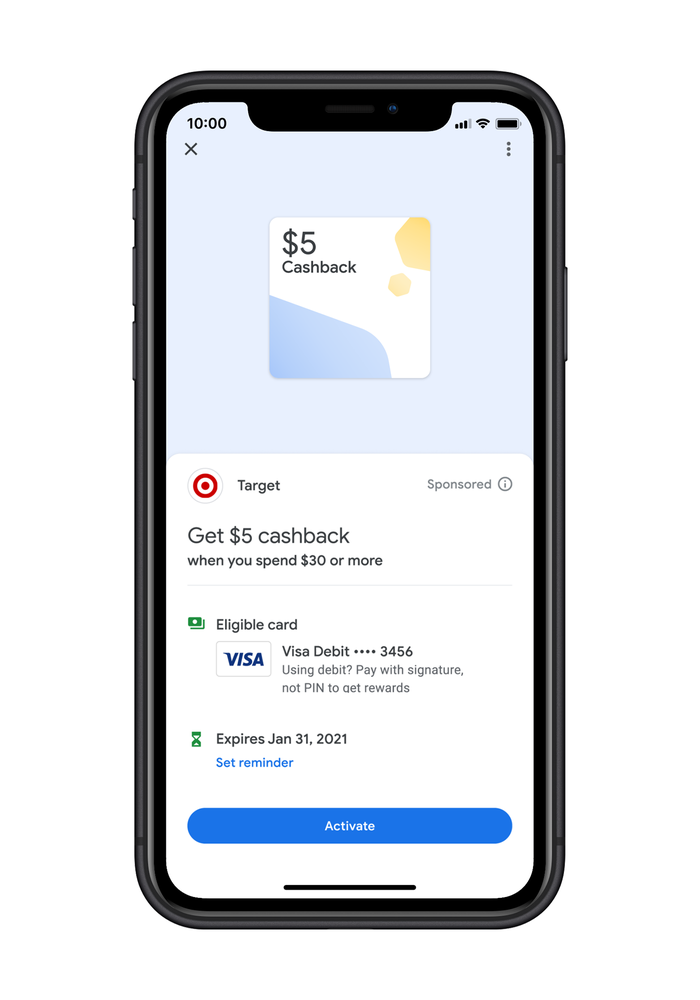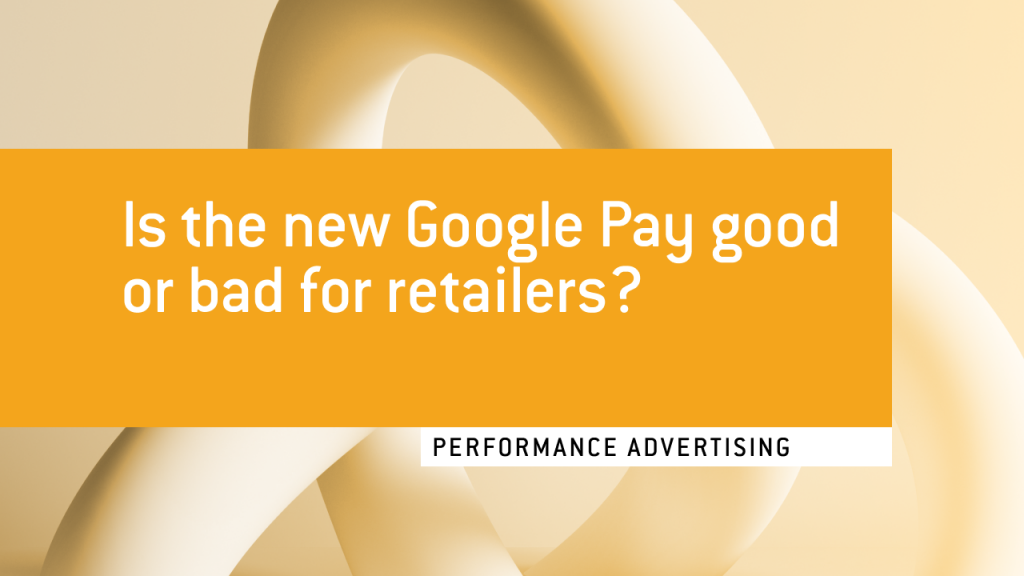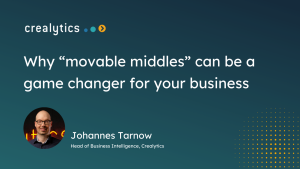Google hasn’t just given its product a facelift. The revamped Google Pay now includes an Explore tab – signaling a fightback for search intent. But who will most benefit from the new launch? eCommerce brands? Google? Or its rivals? We make both bull and bear cases through an investor’s lens.
Google Pay has relaunched in a bigger and bolder format. Version 2.0 ushers in a smorgasbord of new features, with nods to rivals like Apple Pay, Venmo and PayPal encapsulated via three main tabs.
“Pay” covers P2P transactions and activity history. “Insights” connects with users’ banks to deliver a birds’ eye view of finances. But it’s the third tab – “Explore” – that provides most intrigue for eCommerce brands.
What is Google Pay’s Explore tab?

You may be familiar with Amex Offers and other programs that reward you for spending with certain retailers. In this sense, Explore has borrowed inspiration just like its “Pay” and “Insights” cousins. The tab acts as a product promotions page.
“Google Pay can also help you save money and redeem offers without the hassle of clipping coupons or copying and pasting promo codes. Look out for offers from brands like Burger King, Etsy, REI Co-op, Sweetgreen, Target, Warby Parker and more in the app. You can activate them with a tap, and they’ll be automatically applied when you pay in store or online.”
Caesar Sengupta
General Manager & VP, Payments and Next Billion Users
At the time of writing, users can peruse different deals from a limited number of major eCommerce brands, including Warby Parker and Target.
And because the app consolidates users wider payment universe, they can apply any promotional codes directly to the card of your elected account.
Google Pay accounts receive any cashback earned by the shopper. Depositing them to regular bank accounts won’t happen automatically.
Expect personalized offers based on transaction history
Opting into Google’s data privacy request unlocks convenient features. It can organize your spending and scroll through your device to locate hard-to-find receipts.
The Explore tab is no exception. Shoppers who allow Google to monitor their transaction history can expect a more personalized experience via tailored “Sponsored” offers.
As well as the main Explore tab, retailers can display additional promotions in line with individual buying habits.
A fightback to own the customer journey
Does this platform for personal finances merely simplify things for customers? Yes, and no. Digital wallets streamline only the last steps of the buyer’s journey: payment.
By baking in deals tailored to individual users, Google Pay becomes an end-to-end experience…leaking less of the customer journey in the process.
We’ve spoken before about Google’s move into Amazon’ territory, and vice versa. Its adversary has mastered eCommerce by controlling search intent.
A 2019 study revealed that, of those who normally shopped online, about 58% began their search on Amazon. Other studies cite similar results.
Google’s search model aims to mirror this approach. From Showcase ads at the discovery phase through to voice-driven purchases at bottom of the funnel, shoppers never have to leave its all-encompassing real estate.
Pay 2.0 complements this model – and bulks out Google’s role as a gatekeeper.
A global pandemic has accelerated expectations for digital-first lifestyle. Payment functionality, the building block of Google’s app, now forms just one part of a wider, commerce-centric experience in which the user never strays. Cashback flows back to Google Pay accounts for a reason.
So how should we assess the rollout overall?
The bull case: Roll over, Wechat?
The optimist’s case for Google Pay rests more on ability to scale than its retail ambitions.
Folding payment ease into a bigger, centralized platform has proven to be a huge success elsewhere. Google need only look at Wechat – China’s ‘app for everything’ – for inspiration. Over a billion active users each month rely on it for all kinds of activity, including financial transactions.
No super-app equivalent exists in the western hemisphere – and Google Pay has plenty of fuel to scale its platform model.
Android users vastly outnumber iPhone equivalents – and, in the same vein as Apple Pay, they’ll be able to mix and match their credit and bank accounts using Alphabet’s creation.
Even if adoption is slow in the short-term, it has aces up its sleeve.
For one thing, Google has plenty of bundling options to sweeten the deal. Whether it be more Google Drive space, a YouTube premium account or even a free Google assistant – incentivizing new users won’t be hard.
Children of parents who succumb to these offers feel like prime candidates to drive future adoption rates, particularly if they’re used to pre-paid allowances activated via Google Pay.
And legal barriers might prove a bridge too far, but Google Pay could also, in theory, allow the search giants to close off missing measurement loops – from online ads to offline purchases.
The bear case: Beware the bargain hunters
As Google Pay matures, we can expect the list of merchant offers in Google pay to expand. Being a partner has its upsides.
With 150 million users across 30 countries already, you can hope to improve both retention and acquisition elements of your business via the Explore tab.
Customer acquisition pitfalls
It will take time for Google Pay’s users – most of whom are used to it as a digital wallet only – to adopt the Explore tab.
More importantly, will retailers be able to rely on the Explore tab to generate enough views of their products in the first place?
There won’t be much elbow space to promote products. This lack of inventory may prove more of a hindrance than a help.
Then there’s the question of customer lifetime value – the most important metric in eCommerce. Discounts and promotional offers form the nucleus of its Google Pay’s Explore tab.
This most suits bargain hunters: not exactly the ideal customer profile. For obvious reasons, one-off purchasers aren’t going to drive profits for your business in the long-term. They won’t have a convincing lifetime value.
Customer retention pitfalls
Similar issues arise through a retention lens. Maintaining customer loyalty through discounts feels counterintuitive in the long run.
Product promotions offer no guarantees that, as a retailer, you’ll increase CLV in a meaningful way – only that a cut of any sale you make goes in Google’s pocket.
Regardless of instinct, these remain very early days for the revamped Google Pay. Retailers who get a chance to participate should assess their priorities before doing so.
Stay up to date with the latest opinions on online product advertising, from biddable media to site monetization. Subscribe to our newsletter by using the link below!




